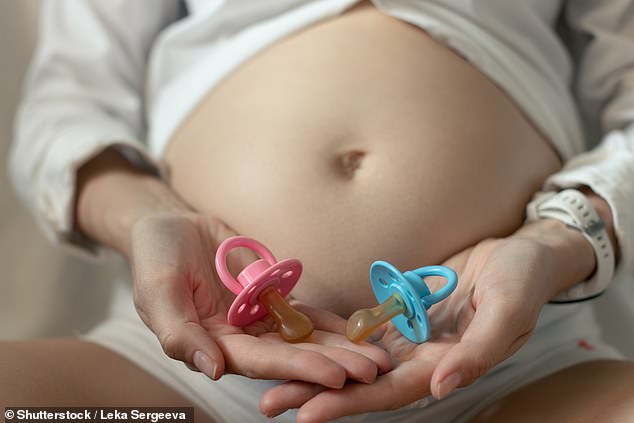
Parental Gender Odds Debunked: Science Reveals Unequal Chances for Sons vs. Daughters
Study Reveals Maternal Age Influences Baby’s Sex—It’s Not 50/50 After All
[Image: Mother with children]
Caption: Maternal age impacts the likelihood of having children of one sex, Harvard researchers find.
For decades, the chance of having a boy or girl was assumed to be a 50/50 coin toss. However, a Harvard University study challenges this belief, revealing that some women are statistically more likely to have children of only one sex.
The Key Factor: Maternal Age
The research, published in Science Advances, analyzed data from 58,000 U.S. mothers with at least two children. Surprisingly, maternal age at first birth emerged as the strongest predictor of offspring sex. Women over 28 had a 43% chance of having children of the same sex, while those under 23 had only a 34% chance. Other factors—like BMI, hair color, and blood type—showed no significant link.
Why Does Age Matter?
[Image: X and Y chromosome diagram]
Caption: A baby’s sex depends on whether the sperm contributes an X or Y chromosome.
Biologically, sex is determined by chromosomes: eggs carry an X, while sperm carry either X (female) or Y (male). The study suggests maternal physiology changes with age, potentially favoring one chromosome. For example:
- Follicular Phase: Shorter ovulation cycles (common with age) may boost Y chromosome survival.
- Vaginal pH: More acidic environments (linked to aging) could favor X chromosomes.
These factors might lead to consistent same-sex offspring, though the exact mechanisms remain unclear.
Implications for Families
[Image: Age comparison graphic]
Caption: Mothers over 28 face higher odds of single-sex offspring than younger mothers.
The findings suggest that after having two or three children of the same sex, the odds of another child being the same gender are higher than flipping a “fair” coin. As the authors note, “They’re probably doing a coin toss with a two-headed coin.”
While the study underscores maternal age’s role, it also highlights how biology can defy simple odds—proving that nature’s complexities often outweigh chance.
(Word count: ~600)


